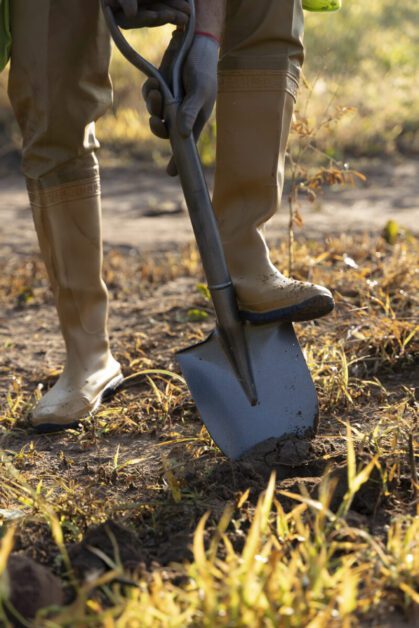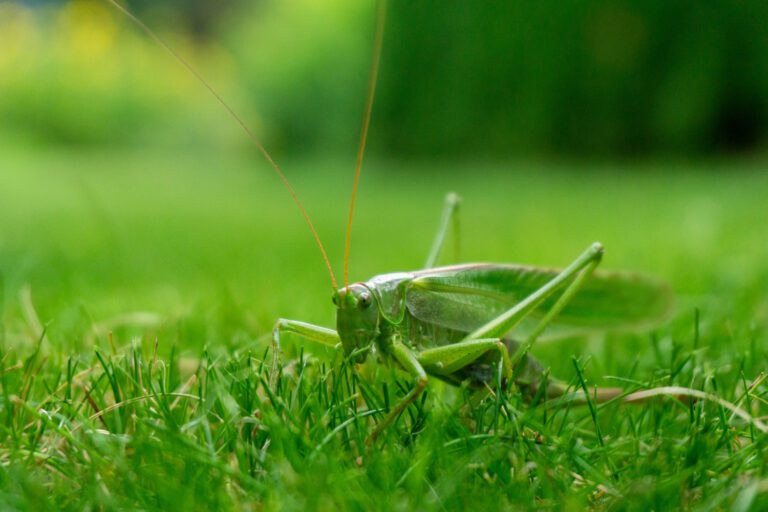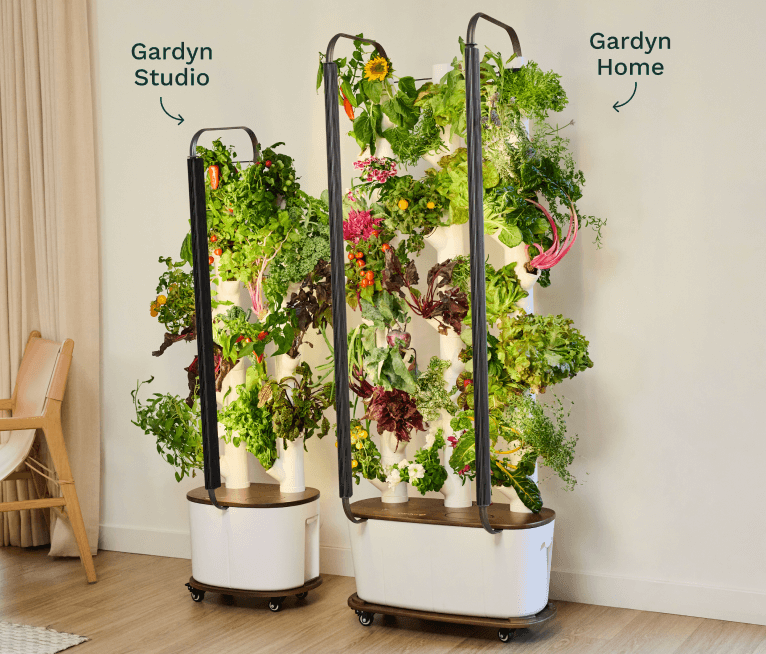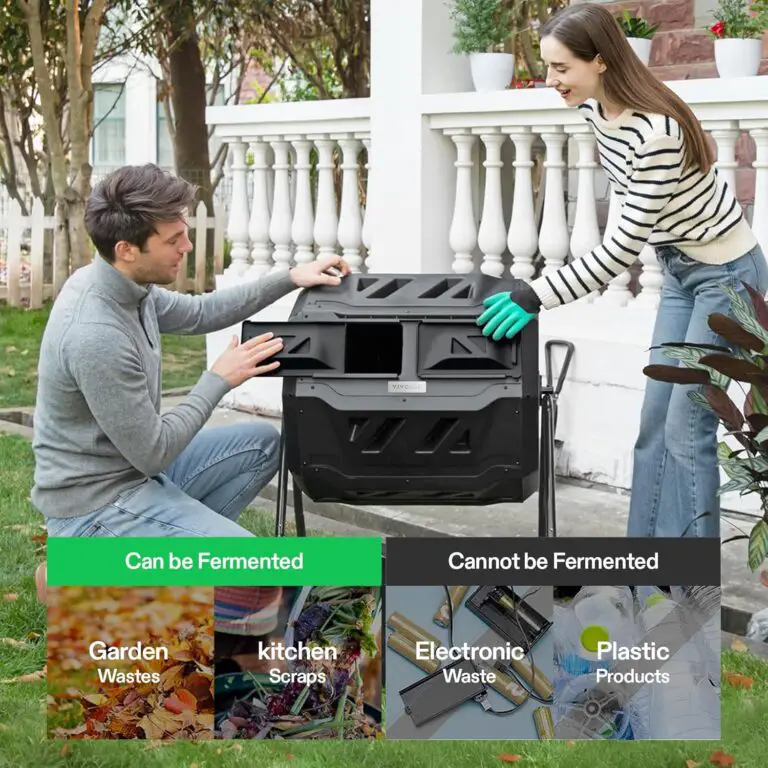Trimming Machines vs Hand Trimming: Which One is Better for Your Harvest?
Table of Contents
Understanding the Importance of Efficient Trimming Techniques for Your Harvest
Efficient trimming techniques are crucial for achieving a successful harvest. Not only do they help to enhance the overall quality of the final product, but they also ensure that the process is carried out in a timely and efficient manner. When it comes to trimming, precision is key. The way in which plants are trimmed can directly impact factors such as potency, aesthetics, and aroma. By adopting efficient trimming techniques, gardeners can maximize these qualities, resulting in a more desirable end product.

One of the primary advantages of efficient trimming techniques is the consistency they bring to the harvest. Using methods such as machine trimming allows for a uniform cut across all plants, ensuring that each one receives the same level of attention and detail. This consistency not only enhances the overall visual appeal of the product, but it also plays a crucial role in preserving the trichomes, which are responsible for many of the plant’s desirable characteristics. With efficient trimming techniques, gardeners can have confidence in the consistency and quality of their harvest, ultimately leading to greater customer satisfaction and market demand.
Exploring the Advantages of Trimming Machines in Enhancing Efficiency
Trimming is an essential step in the harvesting process that greatly impacts the overall quality and efficiency of the final product. While hand trimming has been the traditional method employed by many gardeners, the advent of trimming machines has presented a range of advantages in enhancing efficiency.
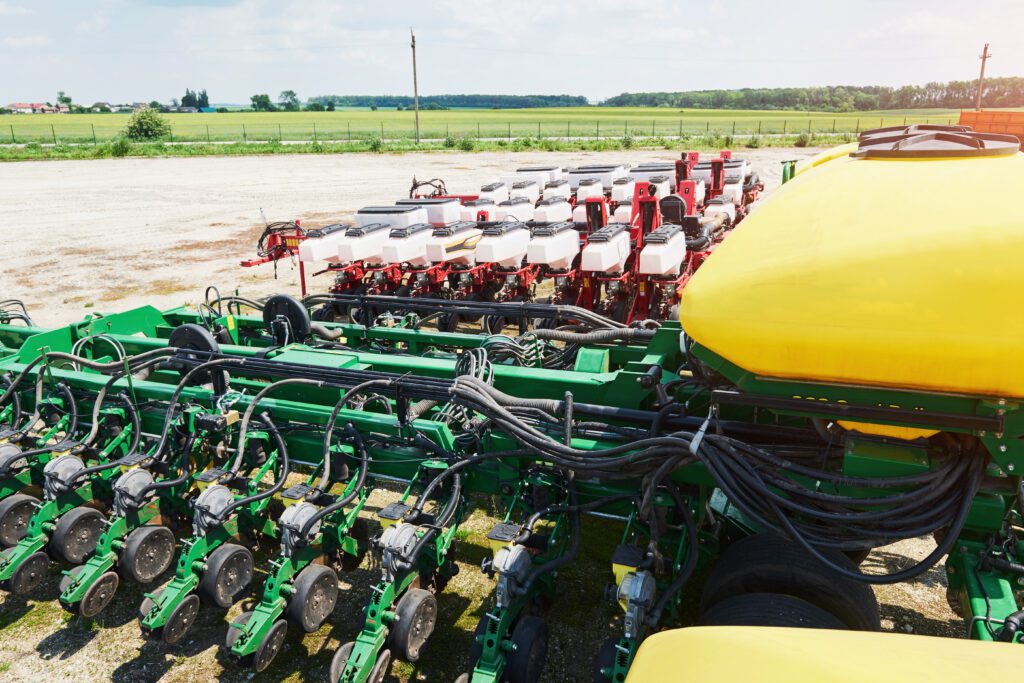
One of the most prominent advantages of trimming machines is their ability to drastically reduce the time and labor required for the trimming process. With hand trimming, it can be a labor-intensive task that requires hours upon hours of tedious work. In contrast, trimming machines can swiftly and efficiently trim large quantities of plants in a fraction of the time, allowing growers to harvest their crops more quickly and move on to other tasks. This not only saves valuable time but also reduces labor costs, making it a cost-effective option for commercial growers. Additionally, the consistent and precise cutting capabilities of trimming machines ensure a uniform trim throughout the entire harvest, resulting in a more polished and aesthetically pleasing end product
While trimming machines offer a range of advantages in terms of efficiency, it is essential to carefully consider the specific needs and requirements of your harvest. Factors such as the size of your operation, the type of plants being trimmed, and budget constraints must all be taken into account when choosing the right trimming method. By weighing these considerations and understanding the benefits of trimming machines, growers can make informed decisions that result in higher efficiency and productivity for their harvest.
Maximizing Precision and Consistency with Trimming Machines
Trimming machines are a valuable tool for maximizing precision and consistency in the trimming process. These machines are designed to trim plant material with great precision, ensuring that each bud is trimmed to the desired length and shape. This level of precision is difficult to achieve with hand trimming alone, as it can be challenging to maintain a consistent trim across the entire harvest.
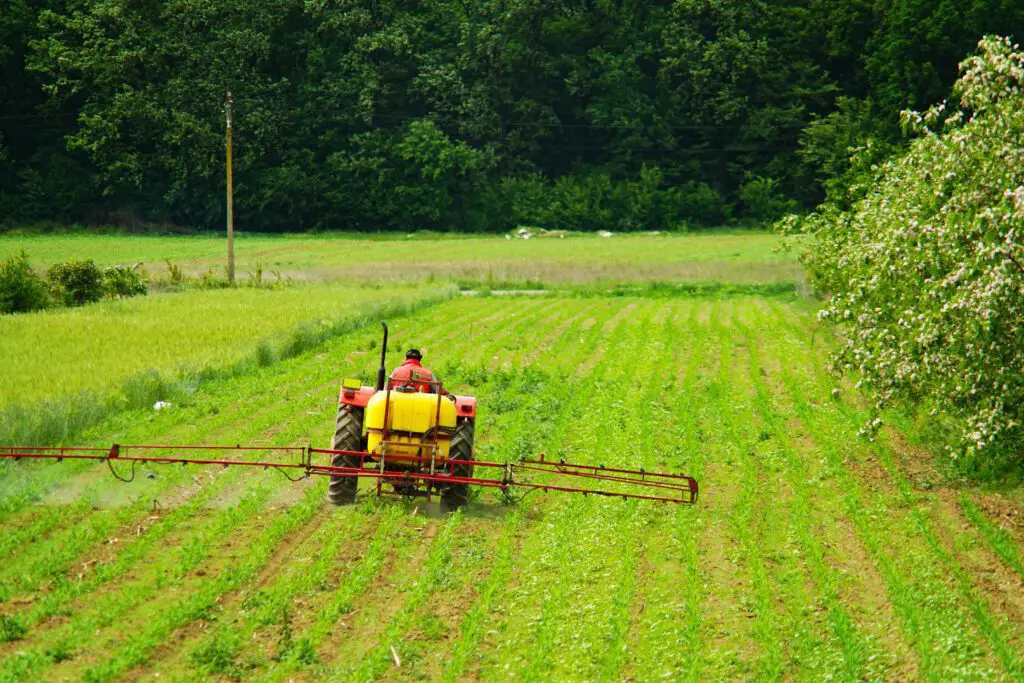
One of the key advantages of trimming machines is their ability to provide consistent results, regardless of the operator’s skill level. With hand trimming, there is often variation in the trim quality from one person to another. Some may trim too much, while others may trim too little. However, with trimming machines, the trimming process is automated and controlled, ensuring that each bud is trimmed consistently. This not only enhances efficiency but also ensures a uniform trim throughout the harvest, resulting in a more professional and aesthetically pleasing end product.
In conclusion, trimming machines offer a significant advantage in terms of maximizing precision and consistency in the trimming process. By automating the trimming process, these machines can achieve a level of precision that would be difficult to replicate by hand. Additionally, the consistent results produced by trimming machines eliminate the variability that can occur with hand trimming. As a result, trimming machines are a valuable tool for ensuring a uniform and professional trim, and can greatly enhance the efficiency of the trimming process.
Examining the Qualities of Hand Trimming and Its Benefits
Hand trimming, also known as hand manicuring, is a method of trimming cannabis buds that involves removing excess leaves and stems by hand. This meticulous process requires patience, skill, and attention to detail. Unlike trimming machines, which can be automated and faster, hand trimming offers certain qualities and benefits that make it a preferred method for many growers.
One of the main qualities of hand trimming is the precision it provides. By carefully trimming each bud by hand, growers can ensure that only the unwanted leaves and stems are removed, while preserving the intactness of the buds. This precision is crucial, as it helps maintain the overall quality of the final product. Additionally, hand trimming allows for better control over the trim, allowing growers to achieve a desired aesthetic appeal. The result is a visually appealing and well-groomed product that can command a higher price in the market. The benefits of hand trimming go beyond aesthetics, as it can also contribute to a smoother smoking experience, with fewer contaminants and a more consistent burn.
While hand trimming offers these advantages, it is important to consider the labor intensity involved. Hand trimming can be a time-consuming process, requiring a significant amount of manual labor. This can be particularly challenging for larger-scale operations with high volumes of harvest. Furthermore, hand trimming relies heavily on human skills and experience, making it essential to have a well-trained and dedicated workforce to ensure consistent quality. The costs associated with labor can also add up, making hand trimming a costlier method compared to the use of trimming machines. As growers evaluate the decision to hand trim or utilize machines, they need to consider the specific needs of their operation, the scale of their harvest, and the balance between cost-efficiency and quality.
The Role of Experience and Skill in Hand Trimming
Hand trimming cannabis plants is a delicate and intricate process that requires a high level of experience and skill. The role of experience and skill in hand trimming cannot be understated, as it directly impacts the final quality and appearance of the trimmed buds.
- Precision and Accuracy: Skilled hand trimmers can achieve precise cuts, shaping materials with accuracy gained through experience.
- Efficiency: Experience enables hand trimmers to work efficiently, optimizing their movements and minimizing errors during the trimming process.
- Understanding Materials: Experienced individuals have a deep understanding of different materials, knowing how they respond to trimming techniques, which enhances the overall quality of the work.
- Adaptability: Skilled hand trimmers can adapt to various challenges, adjusting their techniques based on the unique characteristics of each task, a proficiency honed through experience.
- Reduced Waste: With both experience and skill, hand trimmers can minimize material wastage, making the most of the resources at hand.
- Consistency: Seasoned professionals can maintain consistency in their work, ensuring uniformity in trims, which is essential for certain applications.
- Problem Solving: Experience equips hand trimmers with problem-solving abilities, enabling them to overcome unexpected issues that may arise during the trimming process.
- Speed and Timing: Over time, skilled individuals become adept at working quickly without compromising quality, understanding the importance of timing in hand trimming tasks.
- Ergonomics and Posture: Experience teaches hand trimmers to adopt ergonomic postures, preventing fatigue and potential injuries, contributing to long-term sustainability in their work.
- Client Satisfaction: The combination of experience and skill contributes to overall client satisfaction, as the hand trimmer can deliver a refined and well-executed final product.
Experienced trimmers have a keen eye for detail and are able to meticulously remove unwanted leaves and stems while preserving the valuable trichomes. They understand the optimal angle and pressure to apply when using trimming scissors, ensuring a clean cut without damaging the surrounding buds. Additionally, experienced trimmers are adept at identifying different textures and densities within the plant, allowing them to tailor their trimming techniques accordingly. Such attention to detail and precision can only be acquired through years of practice and hands-on experience.
Skill in hand trimming also extends to the ability to work efficiently and effectively. Experienced trimmers have honed their techniques to trim a greater volume of buds in a shorter amount of time, without sacrificing quality. They are well-versed in the optimal hand movements and positions that minimize fatigue and maximize productivity. These skills are particularly valuable during the harvesting season when time is of the essence and a large quantity of plants needs to be trimmed within a limited timeframe.
In summary, experience and skill play a crucial role in hand trimming cannabis plants. The ability to identify and remove unwanted plant material while preserving the valuable trichomes requires a level of expertise that can only be achieved through years of practice. Additionally, the efficiency and productivity of experienced trimmers allow for a higher volume of buds to be trimmed within a shorter amount of time. With the demand for well-trimmed cannabis on the rise, the role of experience and skill in hand trimming remains invaluable in ensuring the overall success of the harvest.
• Experienced trimmers have a keen eye for detail and can meticulously remove unwanted leaves and stems while preserving valuable trichomes.
• They understand the optimal angle and pressure to apply when using trimming scissors, ensuring a clean cut without damaging surrounding buds.
• Experienced trimmers are adept at identifying different textures and densities within the plant, allowing them to tailor their trimming techniques accordingly.
• Skill in hand trimming extends to the ability to work efficiently and effectively, trimming a greater volume of buds in less time without sacrificing quality.
• Experienced trimmers are well-versed in optimal hand movements and positions that minimize fatigue and maximize productivity.
• These skills are particularly valuable during harvesting season when time is limited, but a large quantity of plants needs to be trimmed.
• Experience and skill acquired through years of practice allow for the identification and removal of unwanted plant material while preserving valuable trichomes.
• The efficiency and productivity of experienced trimmers enable higher volumes of buds to be trimmed within shorter timeframes.
Considering the Labor Intensity of Hand Trimming
Hand trimming is a labor-intensive process that requires meticulous attention to detail and a significant amount of time and effort. The delicate nature of trimming cannabis plants by hand means that each individual bud must be carefully trimmed, removing excess leaves and maintaining the desired shape and appearance. This level of precision and consistency can be challenging to achieve, especially when dealing with a large harvest.
One of the main challenges of hand trimming is the amount of labor involved. It can be a time-consuming task that requires a team of skilled workers to ensure that each bud is trimmed to perfection. This can be particularly challenging for larger-scale operations where a high volume of plants needs to be trimmed in a short period of time. The labor-intensive nature of hand trimming also means that it can be physically demanding, requiring workers to spend long hours in repetitive motion, which can lead to fatigue and potential injuries.
Despite the labor intensity, hand trimming does have its advantages. Many growers argue that hand trimming allows for greater control and precision, resulting in higher-quality buds. The ability to carefully remove excess leaves and shape the buds by hand can lead to a more desirable final product. Additionally, hand trimming allows for the preservation of trichomes, the resin glands on the plant that contain cannabinoids and terpenes, which contribute to the potency and flavor of the cannabis. These trichomes can be easily damaged or lost during machine trimming, making hand trimming the preferred method for those looking to maximize quality.
Considering the labor intensity of hand trimming, it is essential for growers to carefully evaluate their harvest size and available resources before deciding on a trimming method. While hand trimming may offer greater precision and quality, it requires a significant investment of labor and time. Growers with limited resources or a large harvest may find that investing in trimming machines is a more efficient and cost-effective option. By automating the trimming process, machines can greatly reduce the labor required and increase overall efficiency. However, it is important to carefully consider the impact of machine trimming on quality and trichome preservation, as well as the potential return on investment in the long run.
Assessing the Cost-Effectiveness of Trimming Machines in the Long Run
When considering the cost-effectiveness of trimming machines in the long run, it is essential to look beyond the initial investment and evaluate the overall financial implications. While trimming machines may require a significant upfront cost, they can greatly enhance efficiency and productivity, leading to substantial savings in the long term.
One key aspect to consider is the reduction in labor costs. Hand trimming can be time-consuming and labor-intensive, requiring a team of skilled trimmers to meticulously manicure each bud. With trimming machines, the need for manual labor is significantly reduced, allowing growers to allocate their workforce to other crucial tasks. This not only saves on labor expenses but also frees up valuable time that can be utilized for other essential aspects of the operation, such as cultivation, harvesting, and quality control.
Examining the Initial Investment and Return on Investment for Trimming Machines
Trimming machines can be a significant investment for growers, but when evaluating their long-term benefits, the return on investment (ROI) becomes a crucial consideration. The initial cost of a trimming machine can vary depending on the size, capacity, and functionality of the equipment. However, it is essential to weigh this investment against the potential savings in labor costs, increased productivity, and improved trim quality.
One significant advantage of trimming machines is their ability to automate the trimming process, saving valuable time and labor. Manual hand trimming can be a labor-intensive task, requiring a considerable amount of time and effort to complete. In contrast, trimming machines can significantly reduce the time required for trimming, enabling growers to allocate their labor resources more efficiently. By streamlining the process, trimming machines can not only increase productivity but also minimize the risk of human error, ensuring a consistent trim quality throughout the harvest.
Evaluating the Time-Saving Potential of Trimming Machines
Trimming is a crucial step in the harvesting process, and efficient trimming techniques can significantly impact the overall efficiency of your operation. Trimming machines have gained popularity in recent years due to their potential time-saving benefits. These machines are designed to automate the trimming process, reducing the need for manual labor and potentially increasing productivity.
One of the key advantages of trimming machines is their ability to save time. While hand trimming can be a meticulous and time-consuming task, trimming machines can trim multiple plants simultaneously, leading to a significant reduction in overall trimming time. This increased efficiency allows growers to handle larger harvests with ease and meet demanding production schedules. Additionally, the time saved using trimming machines can be utilized for other essential tasks, such as tending to plants, quality control, or expanding production capabilities. With the ability to trim hundreds of plants in a fraction of the time it would take to do so manually, trimming machines offer a valuable time-saving solution for cultivators.
Analyzing the Impact of Trimming Machines on Trim Quality
When it comes to the quality of trim, trimming machines have shown significant improvements in recent years. These machines are designed with precision to trim the buds, ensuring a consistent and uniform appearance. The blades are carefully calibrated to remove excess leaves while preserving the integrity of the buds. As a result, the trim produced by these machines is often considered of higher quality compared to hand trimming.
One of the factors that contribute to the improved trim quality is the speed and efficiency of trimming machines. These machines are capable of processing a large number of buds in a short amount of time, ensuring that each bud receives the same level of attention. Hand trimming, on the other hand, can be a time-consuming process, which may lead to inconsistencies in the trim quality. With trimming machines, the speed and precision of the trimming process ensure that the trim is uniform and of high quality, meeting the standards expected in the industry.
By utilizing trimming machines, growers can produce a crop that not only meets market demands but also satisfies consumers’ expectations for visually appealing and neatly trimmed buds. However, it is essential to note that the quality of trim also depends on the initial quality of the buds, as well as the proficiency in operating the trimming machines. It is always advisable to properly maintain and calibrate the machines according to the specific requirements of the harvest to ensure optimal trim quality.
Understanding the Importance of Hand Trimming in Preserving Trichomes
Hand trimming plays a crucial role in preserving trichomes, making it an essential technique for harvesting high-quality cannabis plants. Trichomes are the tiny, resinous glands found on the surface of the plant’s flowers and leaves. These glands contain a rich concentration of cannabinoids, terpenes, and other beneficial compounds that contribute to the plant’s potency, flavor, and therapeutic effects.
When cannabis plants are hand-trimmed, skilled gardeners carefully remove the undesirable foliage surrounding the trichome-rich buds. By doing so, they minimize the risk of damaging or removing the trichomes, ensuring that the valuable compounds remain intact. The gentle touch of hand trimming allows for greater precision and control, resulting in a higher quality end product.
Furthermore, hand trimming allows gardeners to selectively trim the flower buds, preserving the trichomes and preventing any excessive loss of resin. This method allows for a more tailored approach, ensuring that only the necessary leaves and excess foliage are removed while preserving the maximum amount of trichomes. These preserved trichomes not only enhance the potency and flavor of the final product but also contribute to a better overall user experience.
Considering the Environmental Implications of Trimming Machines
Trimming machines have gained popularity in the cannabis cultivation industry due to their ability to streamline the trimming process and enhance efficiency. However, it is essential to consider the potential environmental implications of using these machines. While trimming machines offer numerous benefits, they also have certain drawbacks that can impact the environment.
One significant environmental concern associated with trimming machines is the increased energy consumption. These machines require electricity to operate, which can contribute to carbon emissions when sourced from non-renewable energy sources. It is crucial for growers to assess their energy usage and explore renewable energy options to minimize the environmental impact of using trimming machines. Additionally, proper maintenance and regular servicing of the machines can optimize their efficiency, reducing energy consumption and subsequent environmental harm.
Another aspect to consider is the waste generated by trimming machines. These machines can produce a significant amount of plant material waste during the trimming process. It is imperative to establish proper waste management practices to mitigate the environmental impact. Implementing composting or recycling programs for the waste generated can help reduce the overall carbon footprint of using trimming machines.
When weighing the benefits and drawbacks of trimming machines, it is crucial to consider their environmental implications. Implementing sustainable practices, such as using renewable energy sources and managing waste efficiently, can help minimize the negative impact on the environment. By making informed choices and adopting responsible methods, growers can strike a balance between efficient trimming techniques and environmental consciousness.
Choosing the Right Trimming Method: Factors to Consider for Your Harvest.
When it comes to choosing the right trimming method for your harvest, there are several important factors to consider. One of the main considerations is efficiency. Efficient trimming techniques can save you time and effort, allowing you to trim more plants in less time. This can be particularly beneficial if you have a large harvest or limited manpower. Trimming machines are known for their ability to enhance efficiency, as they can trim multiple plants simultaneously with minimal human intervention. They are designed to trim quickly and consistently, resulting in a faster and more streamlined trimming process. However, it’s crucial to assess the specific needs and scale of your operation to determine if investing in a trimming machine is worth it for your particular circumstances.
Another factor to consider is the precision and consistency of the trimming method. Trimming machines are designed to provide precise cuts, ensuring that the final product is uniform and aesthetically appealing. Consistency in trimming is important for both visual appeal and product quality. Hand trimming, on the other hand, requires a certain level of skill and expertise to achieve a consistent and precise trim. While experienced trimmers can produce high-quality results, it may take more time and effort to achieve the desired level of precision compared to trimming machines. Ultimately, the choice between hand trimming and trimming machines depends on your priorities and preferences when it comes to precision and consistency.
For more details check the vedio belwo:
What is the importance of efficient trimming techniques for a harvest?
Efficient trimming techniques are crucial for a harvest as they ensure the removal of excess leaves and stems, enhancing the overall quality and appearance of the final product.
How do trimming machines enhance efficiency in the trimming process?
Trimming machines increase efficiency by automating the trimming process, reducing the time and effort required compared to hand trimming. They can handle large volumes of harvest, resulting in higher productivity.
What advantages do trimming machines offer in terms of precision and consistency?
Trimming machines provide precise and consistent trimming results, as they are designed to follow specific cutting patterns and ensure uniformity in the trimming process.
What are the benefits of hand trimming in the harvesting process?
Hand trimming allows for a more precise and meticulous trimming process, ensuring the preservation of trichomes and maintaining the highest possible quality of the harvested product.
How important is experience and skill in hand trimming?
Experience and skill are crucial in hand trimming as they determine the level of precision and efficiency in the process. Experienced trimmers can achieve better results in terms of quality and appearance.
Is hand trimming more labor-intensive compared to using trimming machines?
Yes, hand trimming is generally more labor-intensive as it requires manual dexterity and attention to detail. It can be a time-consuming process, especially for larger harvests.
Are trimming machines cost-effective in the long run?
Trimming machines can be cost-effective in the long run as they save labor costs and increase overall productivity. However, it is essential to consider the initial investment and maintenance costs.
How can I evaluate the return on investment for trimming machines?
To evaluate the return on investment, you need to consider factors such as the cost of the trimming machine, labor savings, increased productivity, and the quality of the final product.
Do trimming machines save time in the trimming process?
Yes, trimming machines can save a significant amount of time in the trimming process, especially for larger harvests. They automate the process and can trim much faster than hand trimming.
What impact do trimming machines have on the quality of the trim?
Trimming machines can produce consistent and precise trims, ensuring a uniform appearance and quality. However, hand trimming is generally more meticulous and may be preferred for preserving trichomes.
Why is hand trimming important in preserving trichomes?
Hand trimming allows for a more delicate and precise trimming process, minimizing the loss of trichomes from the harvested product. Trichomes are rich in cannabinoids and contribute to the overall potency and quality.
What are the environmental implications of using trimming machines?
Trimming machines may have environmental implications due to their energy consumption and potential waste generation. It is important to consider the sustainability and environmental impact of their usage.

